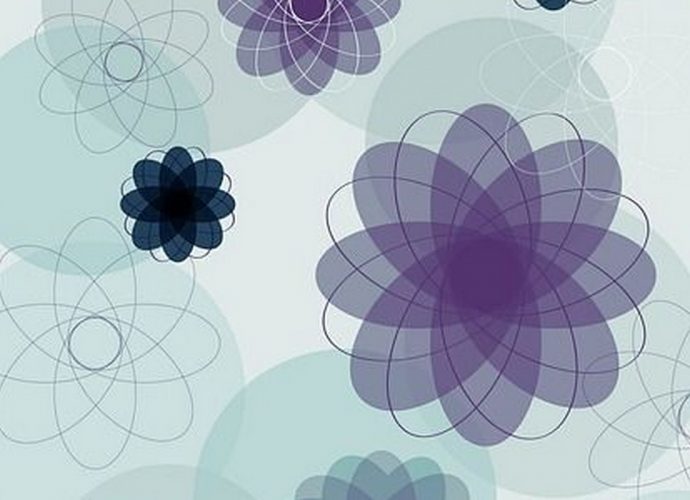Can They Make Light Bulbs That Last Forever?
After winning the U.S. Department of Energy’s L Prize last year, which challenged inventors to create a low-cost, high-efficiency incandescent bulb replacement, Philips’ LED light bulb is finally coming to market this Sunday. The bulb boasts a staggering lifespan of 20 years and burns only 10 watts of power. WhatRead More →






